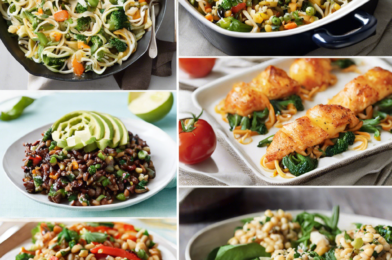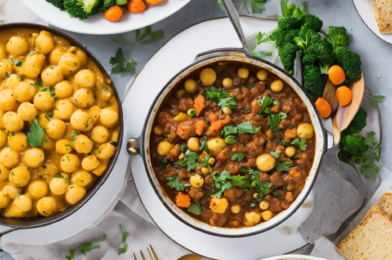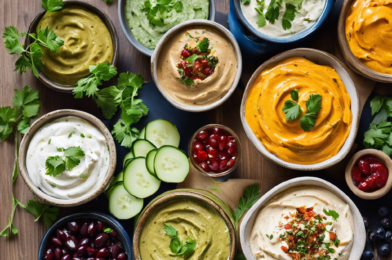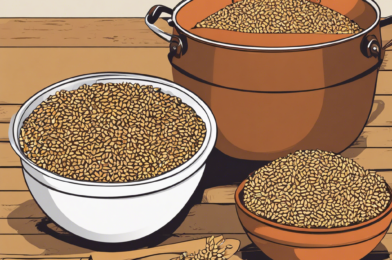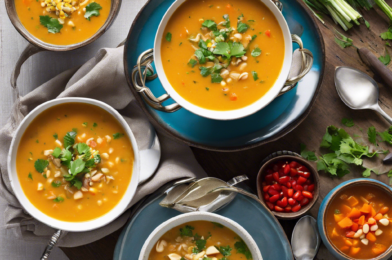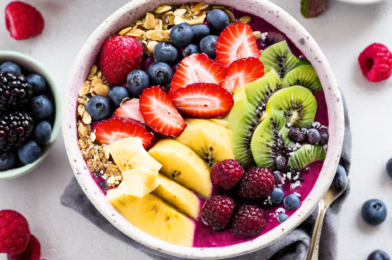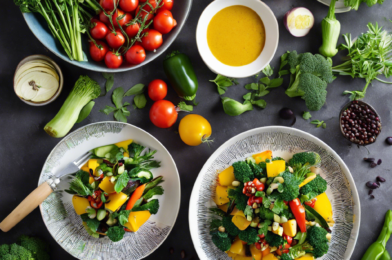#### Whip Up a Flavorful Feast with These Low-Calorie Dinner Ideas
The dilemma of creating delicious and satisfying low-calorie dinners is a challenge many health-conscious foodies face. The good news is, with the right recipes, you can enjoy mouth-watering meals without compromising on taste or resorting to bland, unsatisfying dishes. Get ready to tantalize your taste buds with these culinary delights, perfect for a wholesome and delightful evening meal.
**Chicken and Vegetable Stir Fry with Ginger Sauce:** In a low-calorie cooking adventure, stir-frying is a quick and healthy hero. This dish is a symphony of colors and flavors, where tender chicken pieces and an assortment of crisp vegetables, like bell peppers, broccoli, and carrots, dance in a fragrant ginger sauce. The sauce, a harmonious blend of soy sauce, garlic, ginger, and a touch of honey, adds a punch of flavor without excessive calories. Served over a bed of steamed brown rice, this meal will satisfy your cravings and fuel your body.
**Salmon with Lemon-Dill Yogurt and Roasted Asparagus:** For a dinner that’s both elegant and health-conscious, this salmon dish is a brilliant choice. Baking salmon fillets ensures they stay moist and tender, while a zesty topping of lemon-dill yogurt adds a refreshing twist. Alongside the salmon, roasted asparagus offers a delicate earthy flavor, and a squeeze of fresh lemon juice enhances its natural taste. This meal proves that low-calorie dining can be both sophisticated and satisfying.
**Veggie-Loaded Pasta Primavera:** This pasta dish is a celebration of fresh vegetables, from vibrant bell peppers and juicy cherry tomatoes to crisp sugar snap peas. Tossed with whole-grain pasta and a light, garlicky olive oil sauce, it’s a hearty and nutritious feast. The key to keeping it low-calorie is to use a moderate amount of pasta and let the veggies steal the show. A sprinkle of Parmesan cheese adds a savory finish without loading up on calories.
**Spicy Shrimp Tacos with Mango Salsa:** These tacos are a burst of flavor and color, perfect for a fun and lively dinner. Succulent shrimp seasoned with a blend of chili powder, garlic, and a hint of cayenne pepper are the star of this dish. Served in warm corn tortillas with a refreshing mango salsa made with fresh mango, red onion, lime juice, and cilantro, it’s a delightful balance of sweet and spicy flavors. Top it off with some chopped lettuce and a dollop of non-fat Greek yogurt for a creamy, low-calorie alternative to sour cream.
**Grilled Eggplant and Zucchini Stackers:** These stackers are a creative, vegetarian-friendly option, perfect for a summer grill session. Thick slices of eggplant and zucchini are brushed with a simple marinade of olive oil, balsamic vinegar, and herbs, then grilled to perfection. Stacked with thin slices of fresh mozzarella and tomato, they create a mouth-watering tower of flavors. A sprinkle of chopped basil adds a fragrant finish, and a side of quinoa completes this wholesome, low-calorie meal.
These recipes prove that low-calorie dinners can be exciting, delicious, and fulfilling. They’re a testament to the fact that healthy eating is far from boring and can offer an array of satisfying culinary experiences. So, roll up your sleeves, embark on these culinary adventures, and enjoy the best of both worlds: delicious food and a healthy lifestyle.
